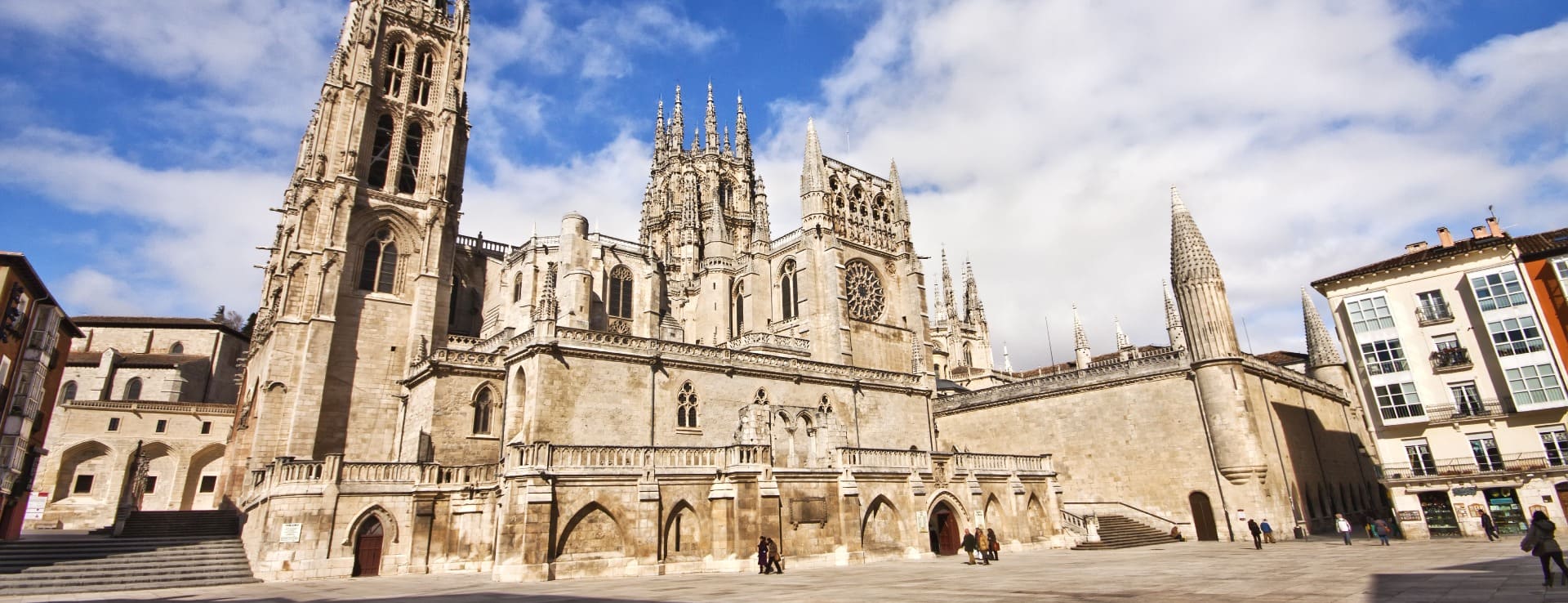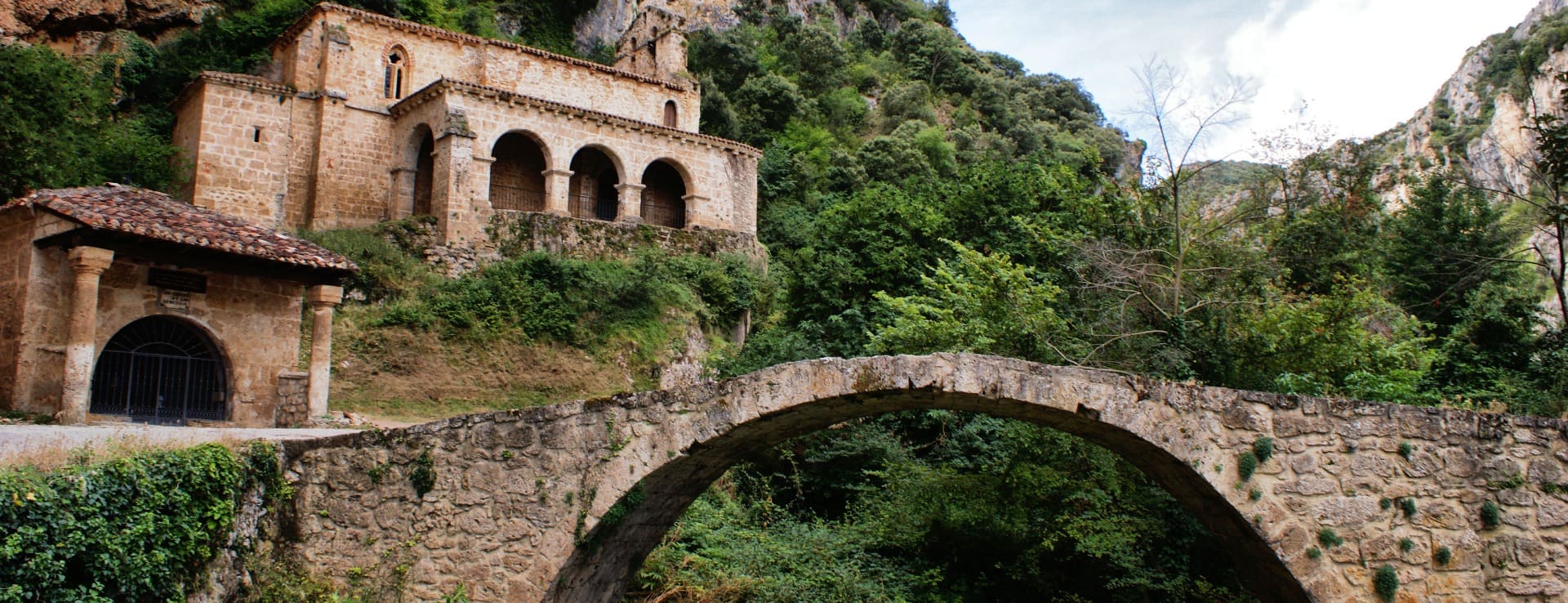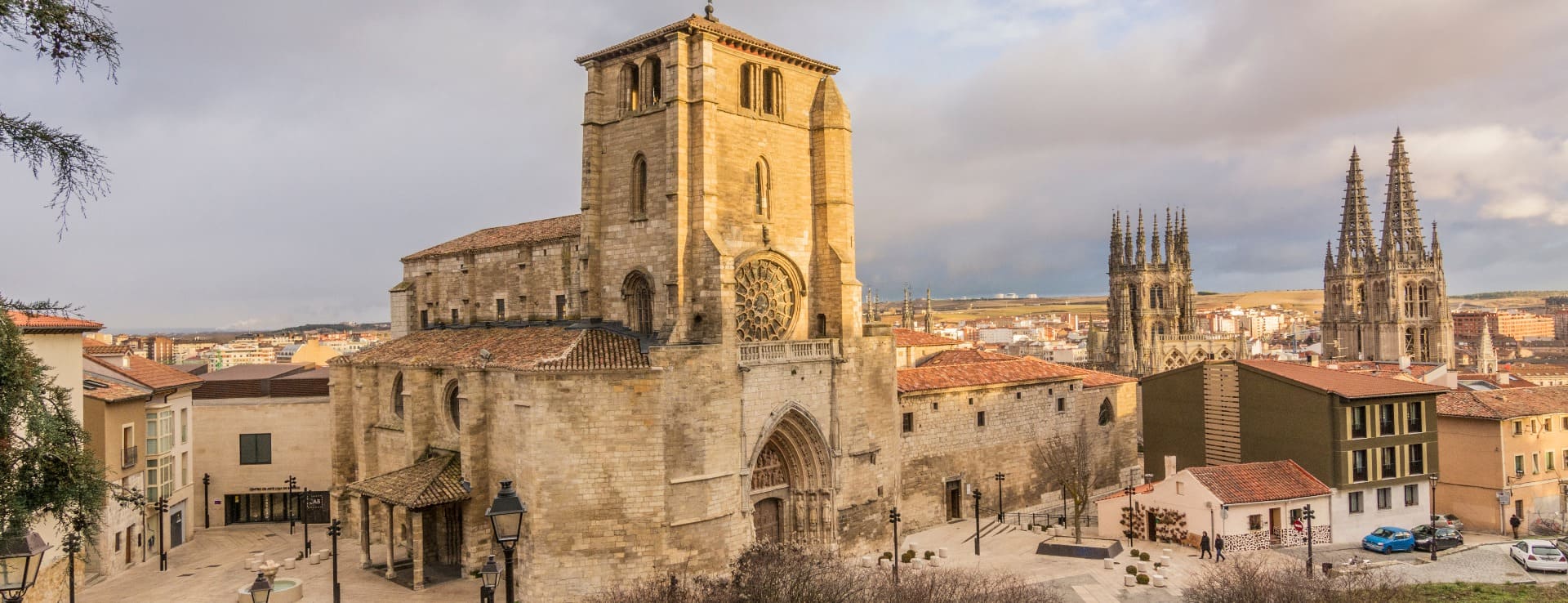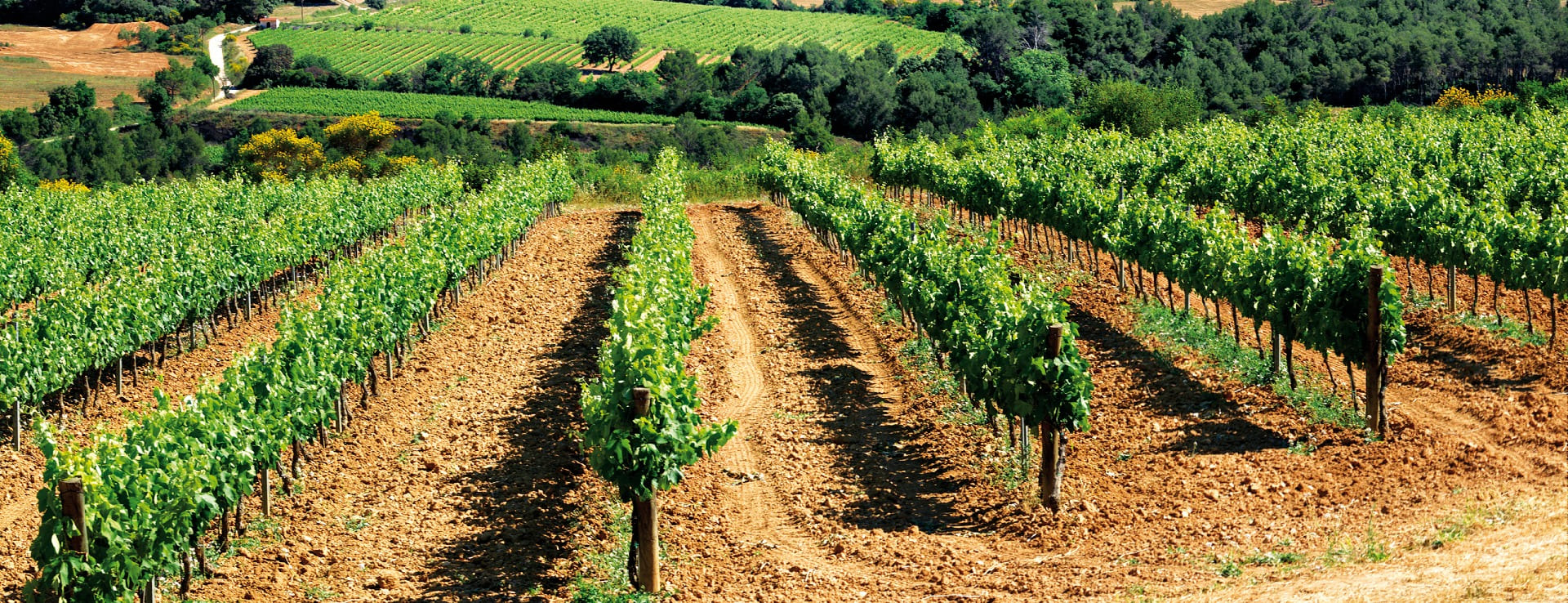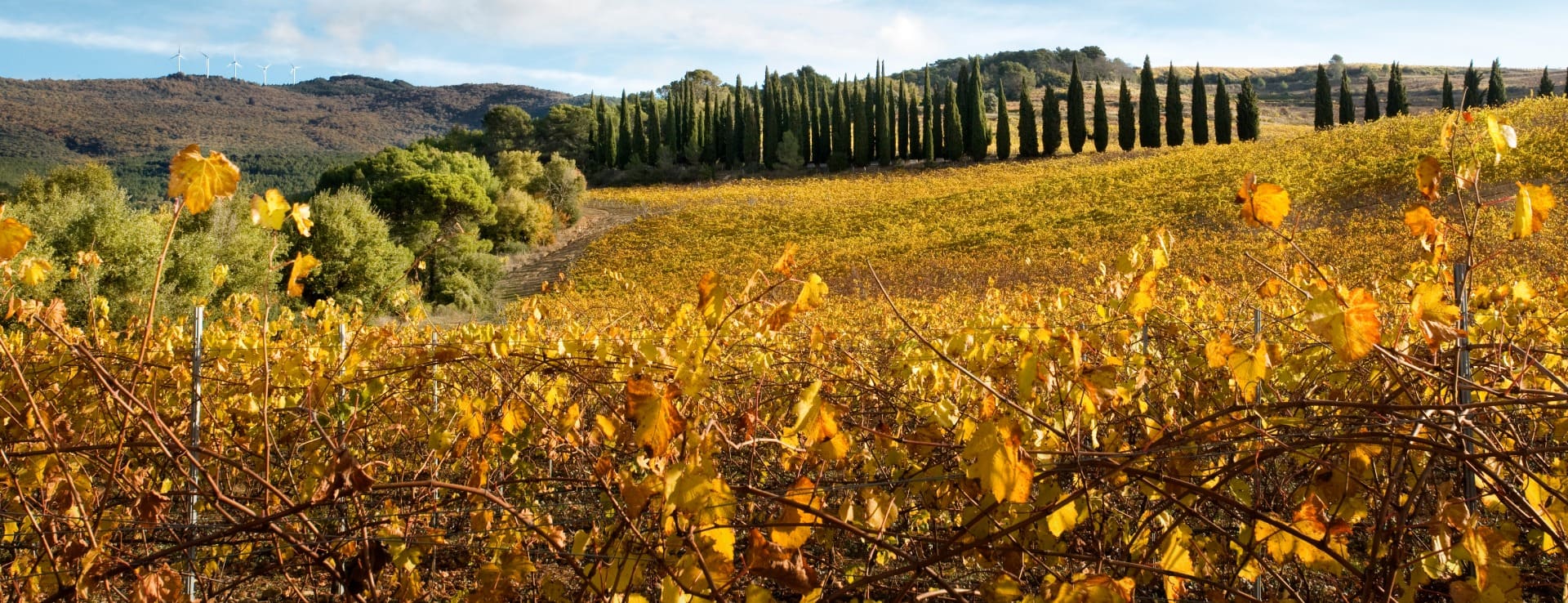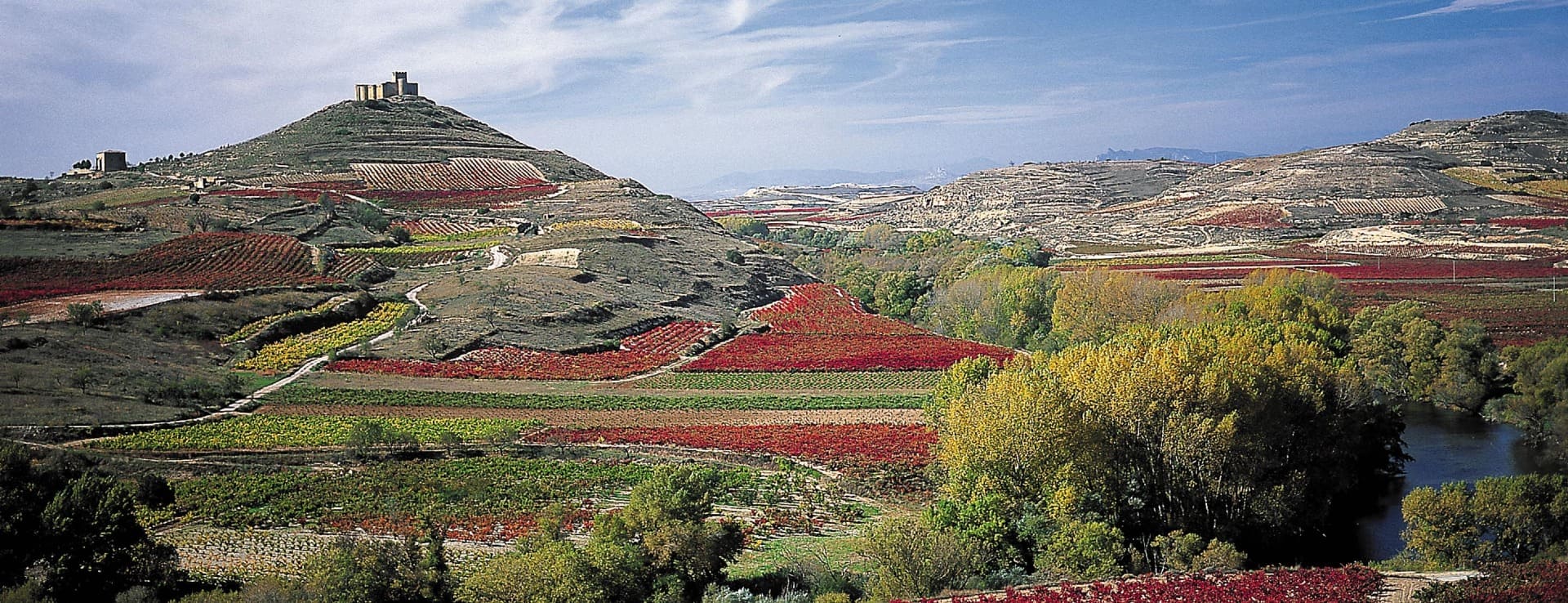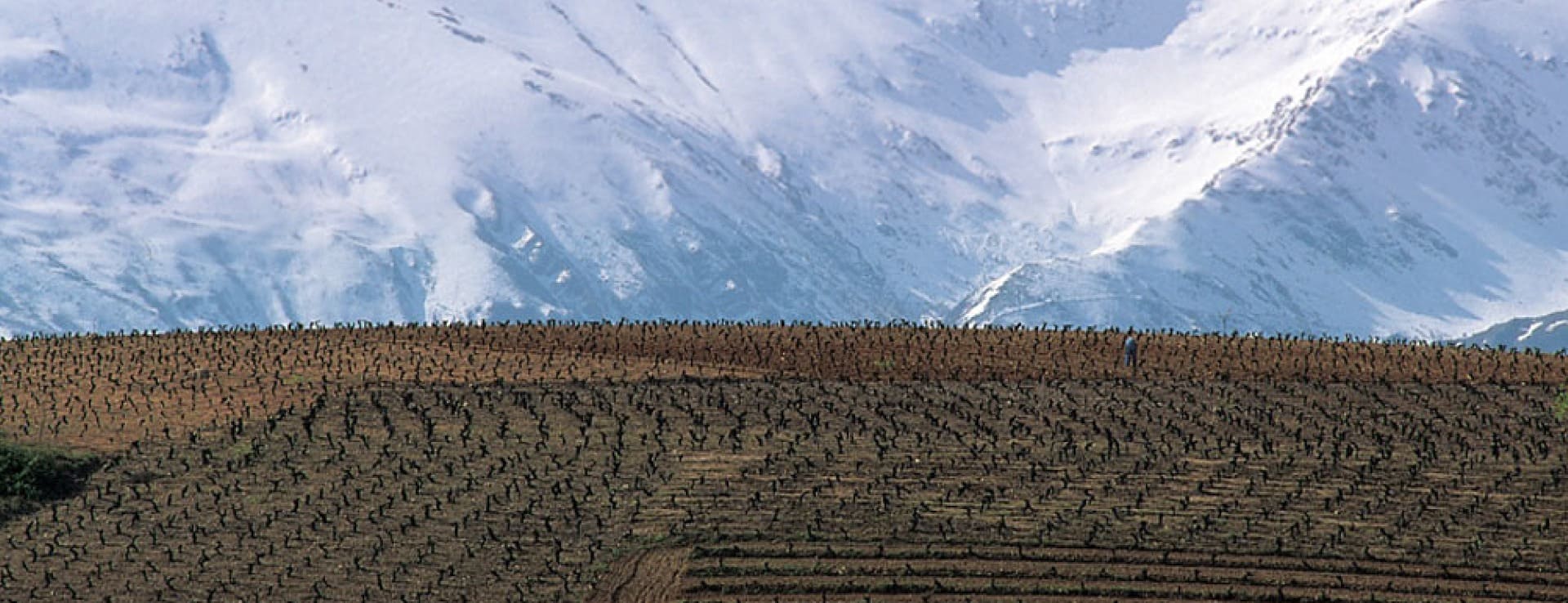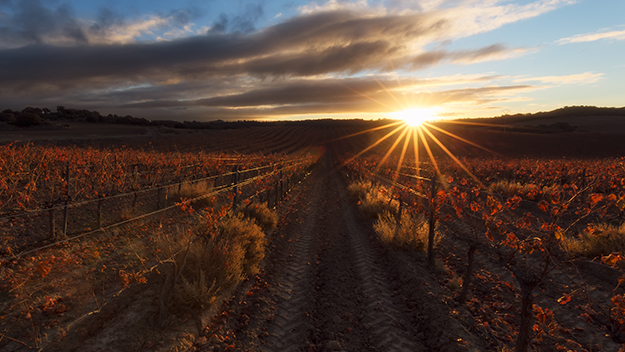Find your winery or vineyard
7 Wineries and Vineyards for sale in Burgos
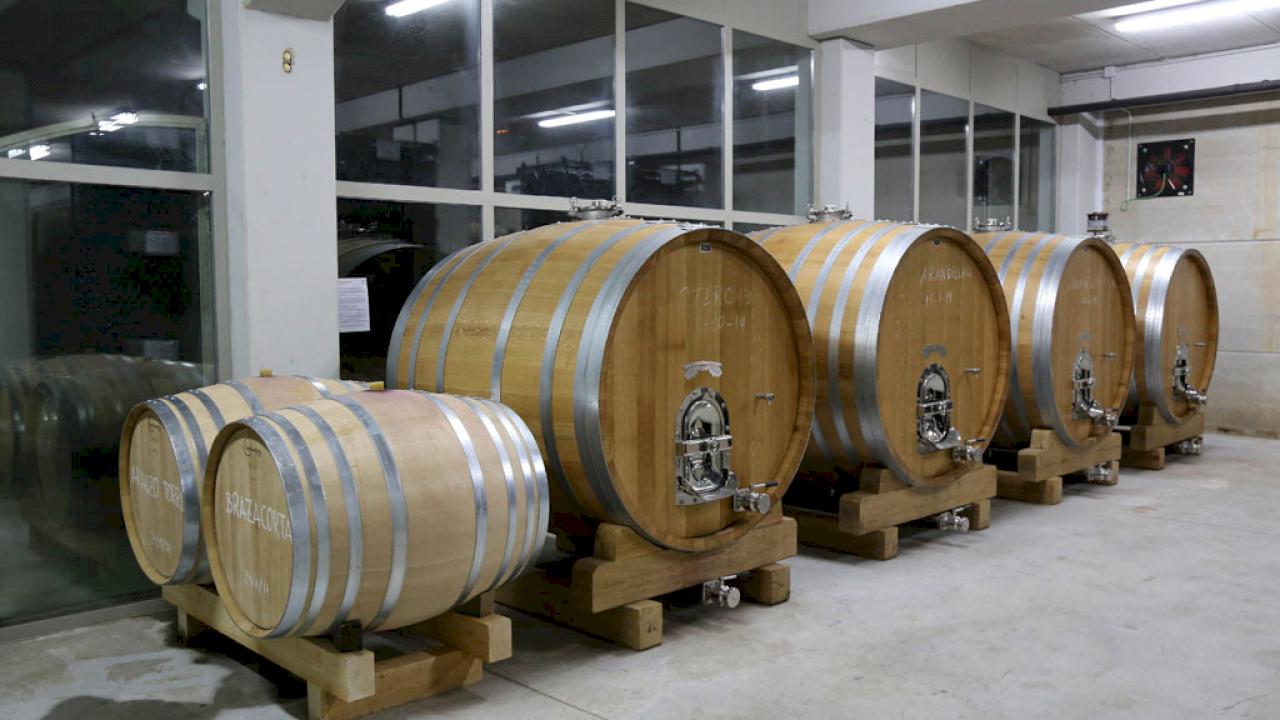
Spectacular winery with 10 hectares of organic vineyards.
Outside the DO Ribera del Duero
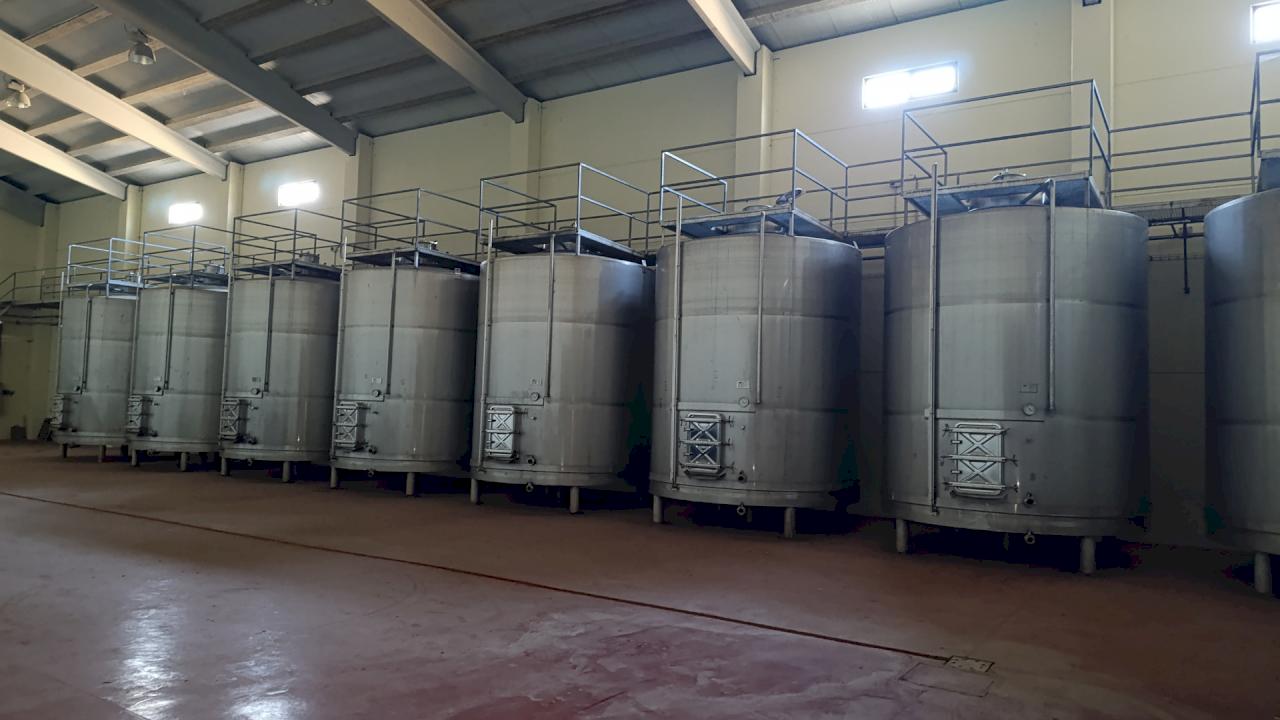
Winery with an apartment in the best area of Burgos.
DO Ribera del Duero
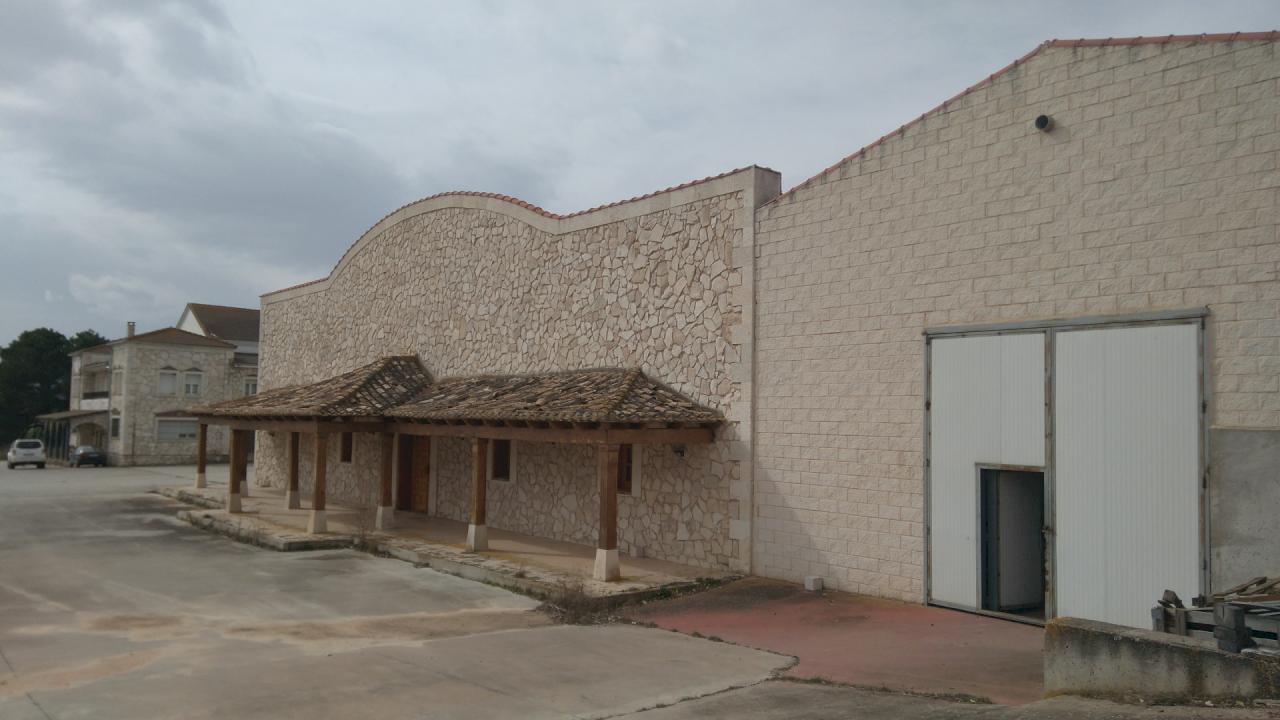
Large capacity winery in DO Ribera del Duero.
Fantastic 4,000m2 winery with a range of wine-making facilities, located in the heart of Ribera del Duero, in Burgos.
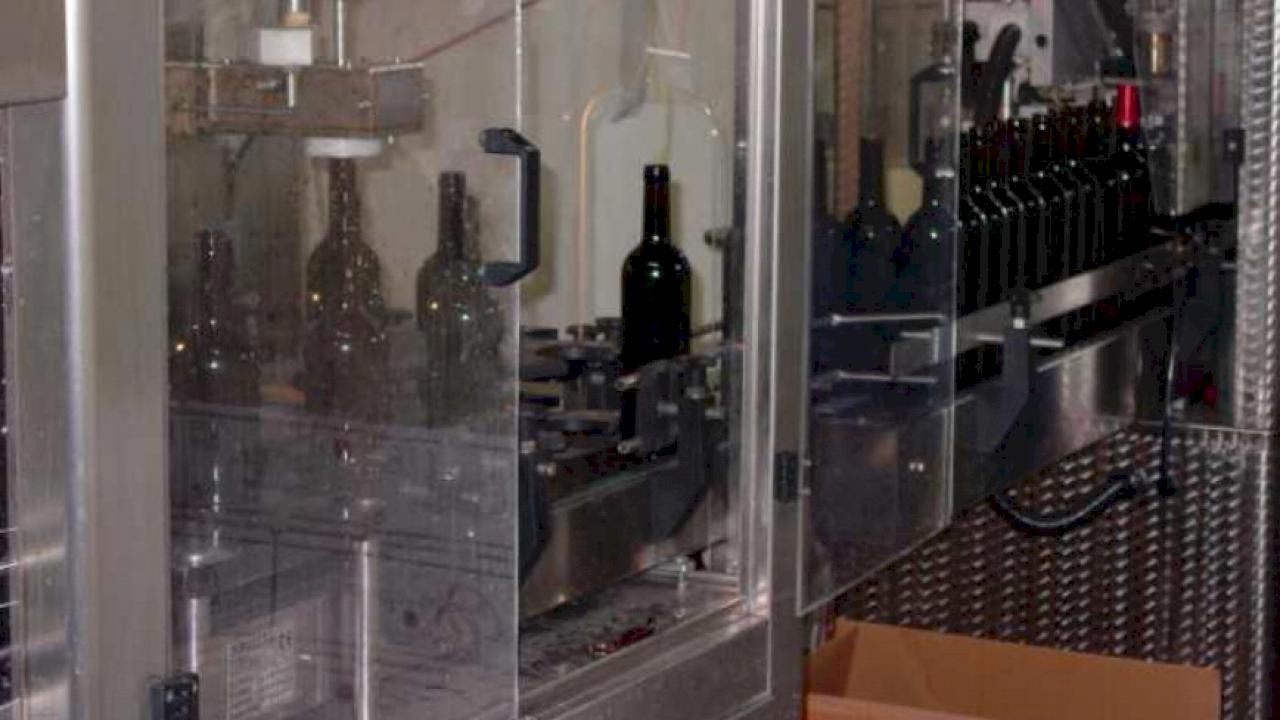
Medium size winery in DO Ribera del Duero.
Medium-sized winery with a plot of land of almost 10,000m² and a large production capacity, located in Ribera del Duero.
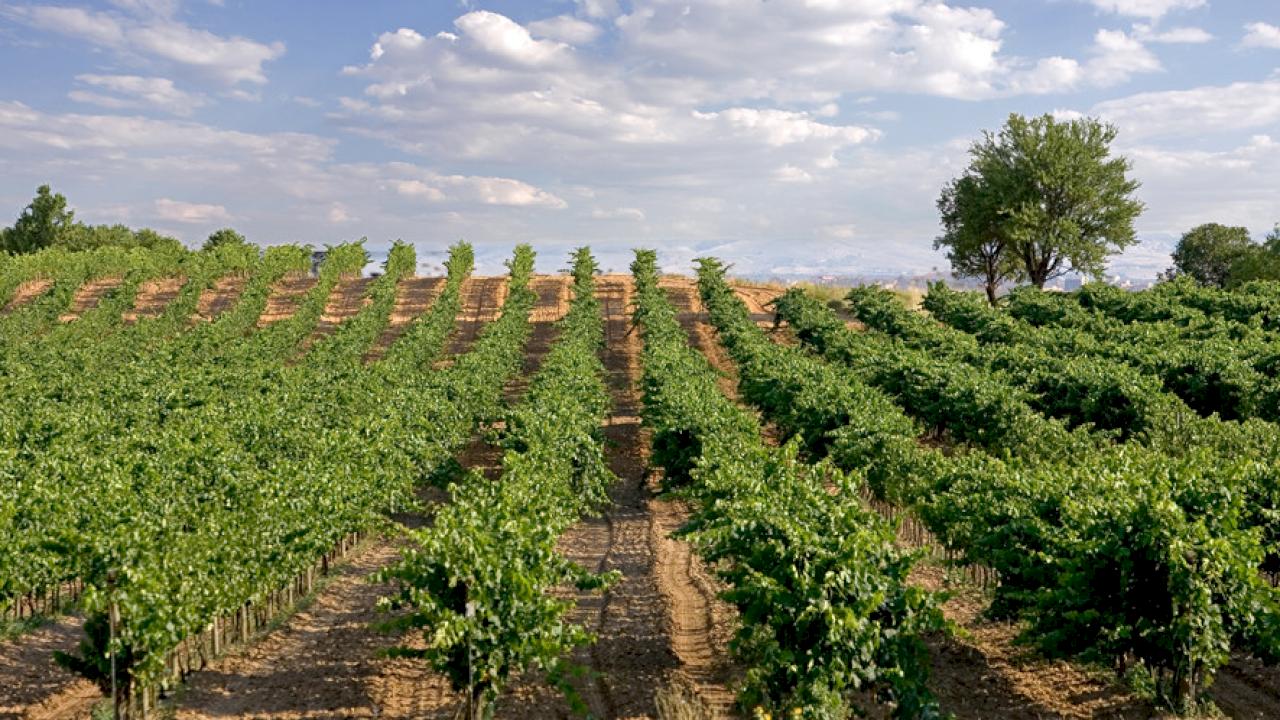
Winery with D.O Ribera del Duero
Modern well-built winery with connecting apartments, located in the region with D.O Ribera del Duero Burgos.
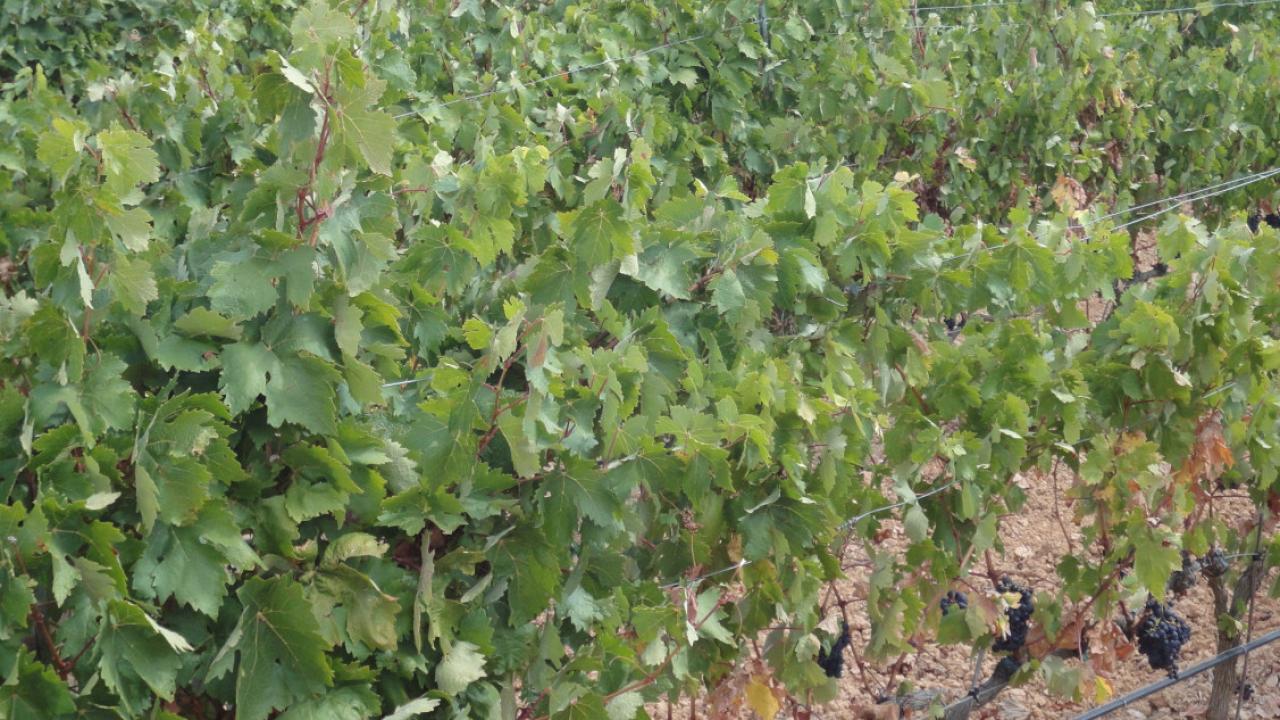
Traditional winery for sale in DO Ribera del Duero.
Traditional style medium sized winery on Burgos land.
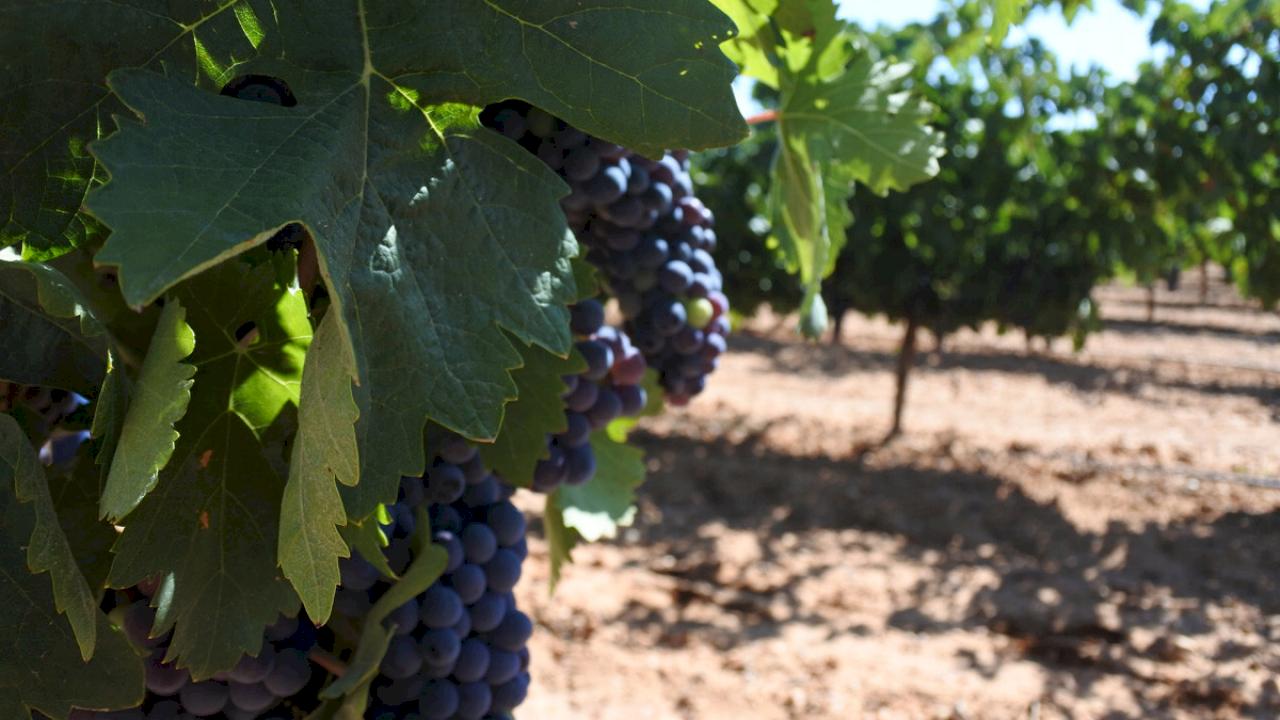
Winery with 3 ha of vineyard and planting rights.
DO Ribera del Duero.
Infographic of the Denomination of Origin
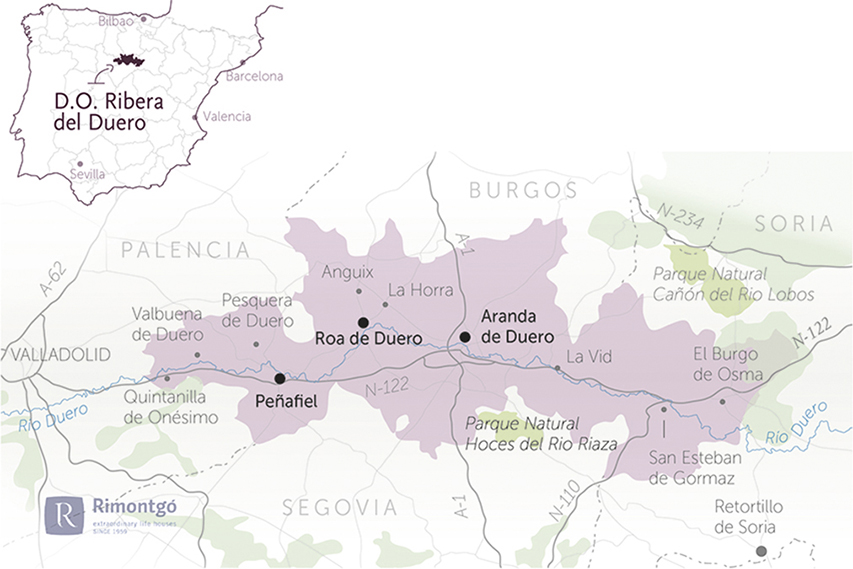
Change to imperial units (ft2, ac, °F)Change to international units (m2, h, °C)
D.O. year of foundation:
1982
Number of wineries (2017):
280
Total surface area:
22.040 ha54.461 ac
Maximum production allowed:
7.000 kg/ha6.245 lb/ac
Altitude of the vineyards:
Min: 750m
Max: 1.000m
Min: 2.461ft
Max: 3.281ft
Temperature:
Min: -20º
Max: 42º
Min: -4°F
Max: 108°F
Yearly hours of sun:
2.400
Yearly rainfall:
500 l/m246 l/ft2
Burgos
Burgos is a province of Castile and León located in the North of the Peninsula. It borders to the north with Cantabria, to the east with the Basque Country and La Rioja, to the south with Segovia, and to the west with Valladolid and Palencia. It is the province of Spain with the highest number of municipalities, 371, and has numerous wineries for sale.
HISTORY OF WINE
The Phoenicians introduced the most advanced techniques of vine cultivation to the Iberian Peninsula, including the most suitable vines. Several centuries later, the Romans discovered the quality of Hispania's wines. The Clunia is a Roman city located in the south of the province of Burgos, which was one of the most important centres of the Empire. Wines from Ribera del Duero were used to supply armies and, even today, can be found in the area ornamental mosaics related to the god Bacchus, such as the Baths of Valdearados.
The wineries of Burgos have a long tradition. From the 10th century onwards, it was the monastic orders that spread throughout the territory, spreading the culture of wine. Clusters of grapes in church capitals, names of temples such as the Monastery of La Vid or patron saints such as the Virgen de las Viñas, from Aranda de Duero, attest to the importance of viticulture in the area. In 1140, the Castilian nobleman Domingo Gómez de Campdespina founded the monastery of Santa María de Monte Sacro, located on the right bank of the Duero, which obtained the concession of the land of vineyards for the Premonstratense Order. In Aranda de Duero are known underground cellars, from the twelfth and eighteenth centuries, which constitute a network of 7 kilometers of tunnels and galleries.
WINES AND WINERIES
Ribera del Duero is one of the most important Designations of Origin located in Burgos. The Designation of Origin was recognised in 1982. The area is favoured by the combination of good soil, riparian microclimate and an autochthonous grape, Tempranillo or Tinta del País, which produce as a result excellent wines. The province of Burgos also includes the DO Arlanza, shared with Palencia.
The most outstanding wineries in Burgos are Viña Sastre, Bodegas Pérez Pascuas, Carmelo Rodero, Bodegas Torremilanos, Bodegas O. Fournier , Pago de los Capellanes, Valduero, Martín Verdugo, Cillar de Silos, Bodegas Aster (Grupo Rioja Alta), Condado de Haza (Group Pesquera), Portia (Bodega de Norman Foster), Pagos del Rey, Viña Arnáiz, Adrada Ecológica, Felix Callejo, Real Sitio Ventosilla, Ismael Arroyo, Valdubon, Dominio de Cair (by Luis Cañas), Torres de Anguix, Campos Góticos, Bodegas Viyuela, Bodegas Asenjo y Manso, Pagos del Rey, Bodegas Santa Eulalia (Group Frutos Villar) and Bodegas Anta, among others. Rimontgó has different wineries for sale.
POINTS OF INTEREST
Historical land par excellence, in the province of Burgos the roots of what was the Kingdom of Castile sink. In fact, it houses the documents with the oldest known texts in Spanish, the so-called Cartularios de Valpuesta. The province has three World Heritage Sites, only equalled by Madrid or Barcelona: the Burgos Cathedral, the Sierra de Atapuerca and a good part of the Pilgrim's Way to Santiago de Compostela. In addition, the cultivation of the vine and its wineries, which have encouraged wine tourism, is of great importance. There is a Wine Museum in the Castle of Peñafiel and an Interpretation Centre in Aranda del Duero. As in all Castile, the gastronomy is filing and satiating, and the black pudding of Burgos stands out as the main product.
D.O./Valle (wine regions)
Discover more wineries and vineyards for sale in these wine regions in Spain
Subscribe to our mailing list to receive news about wineries and vineyards.

